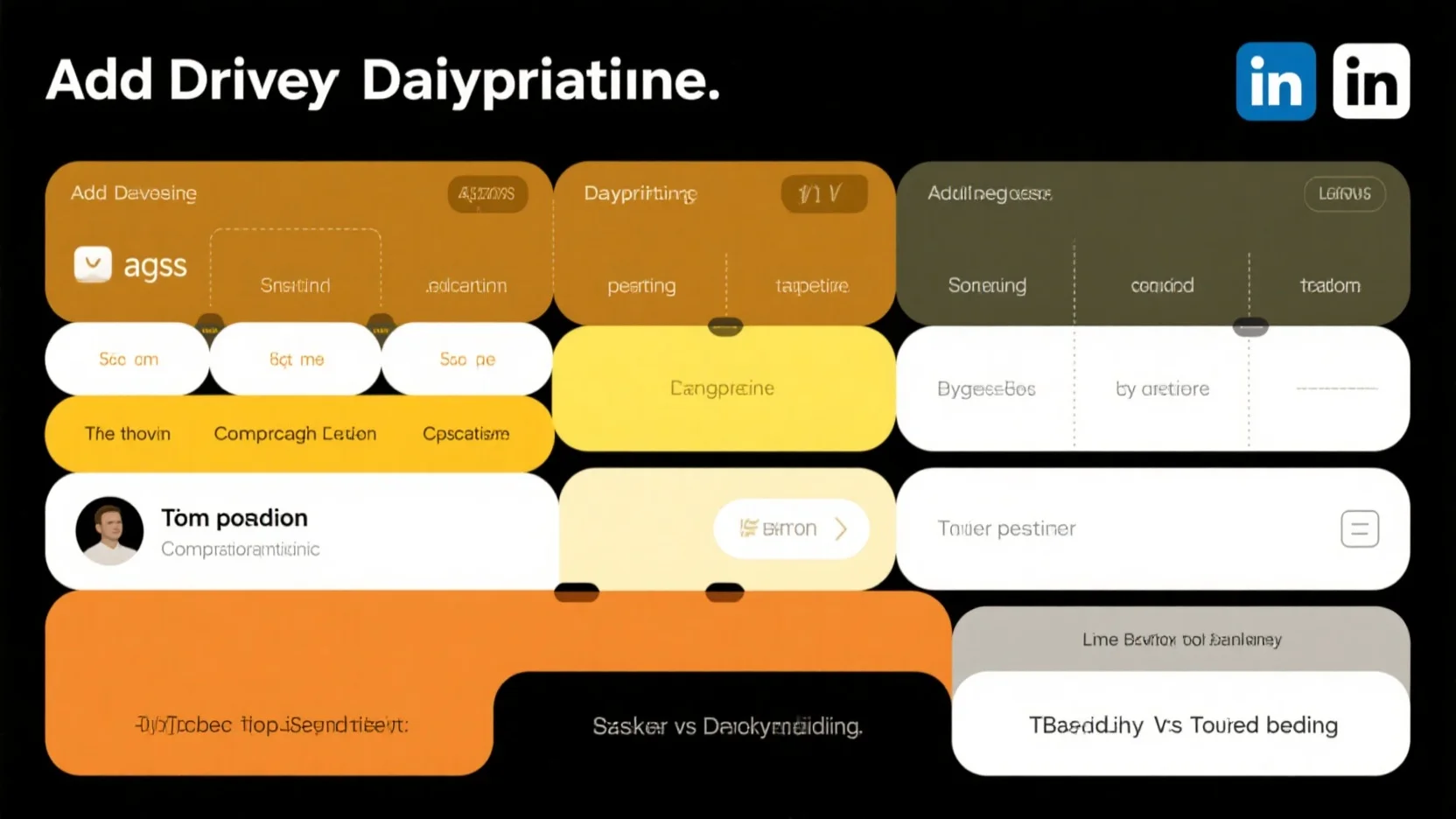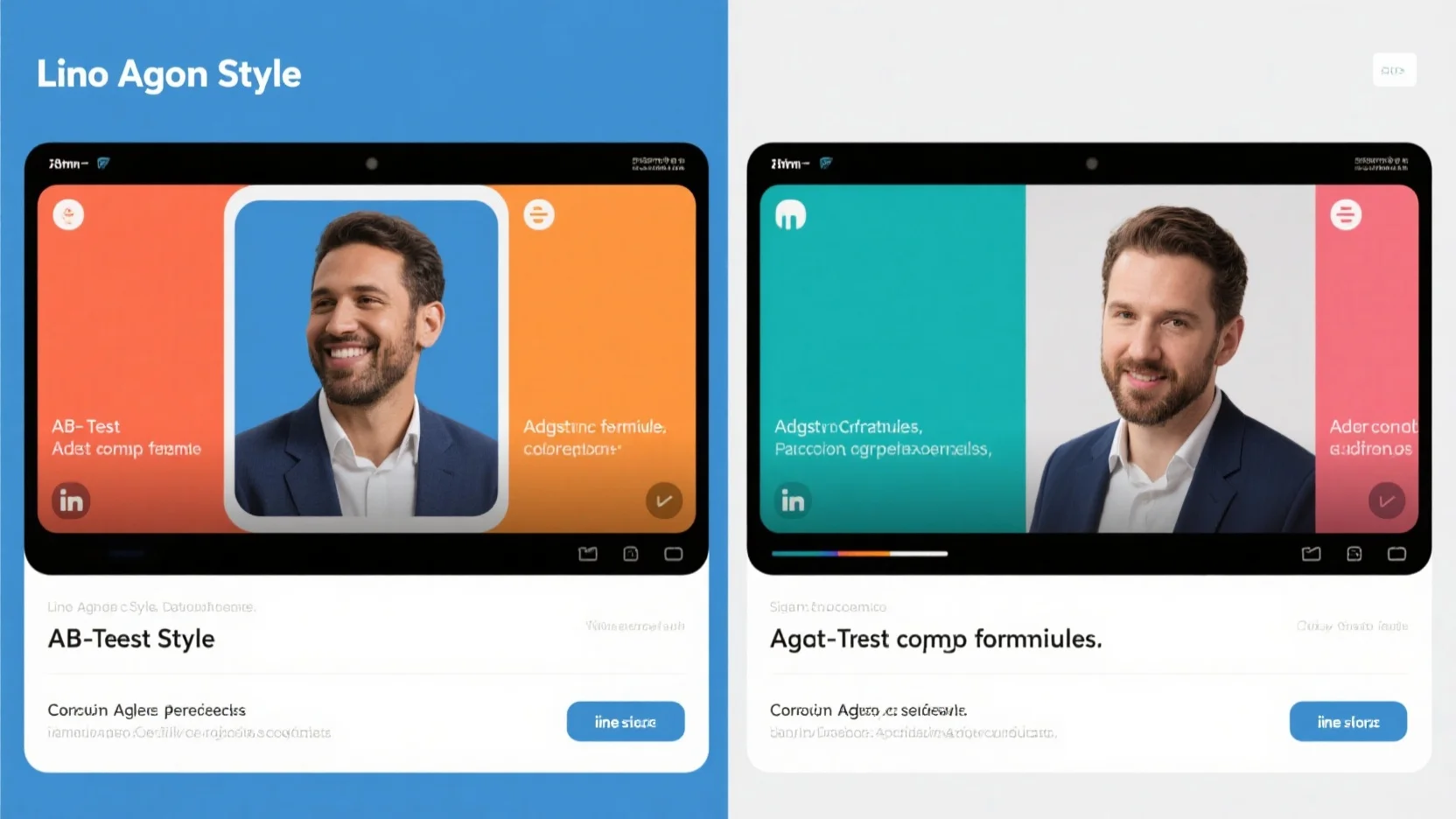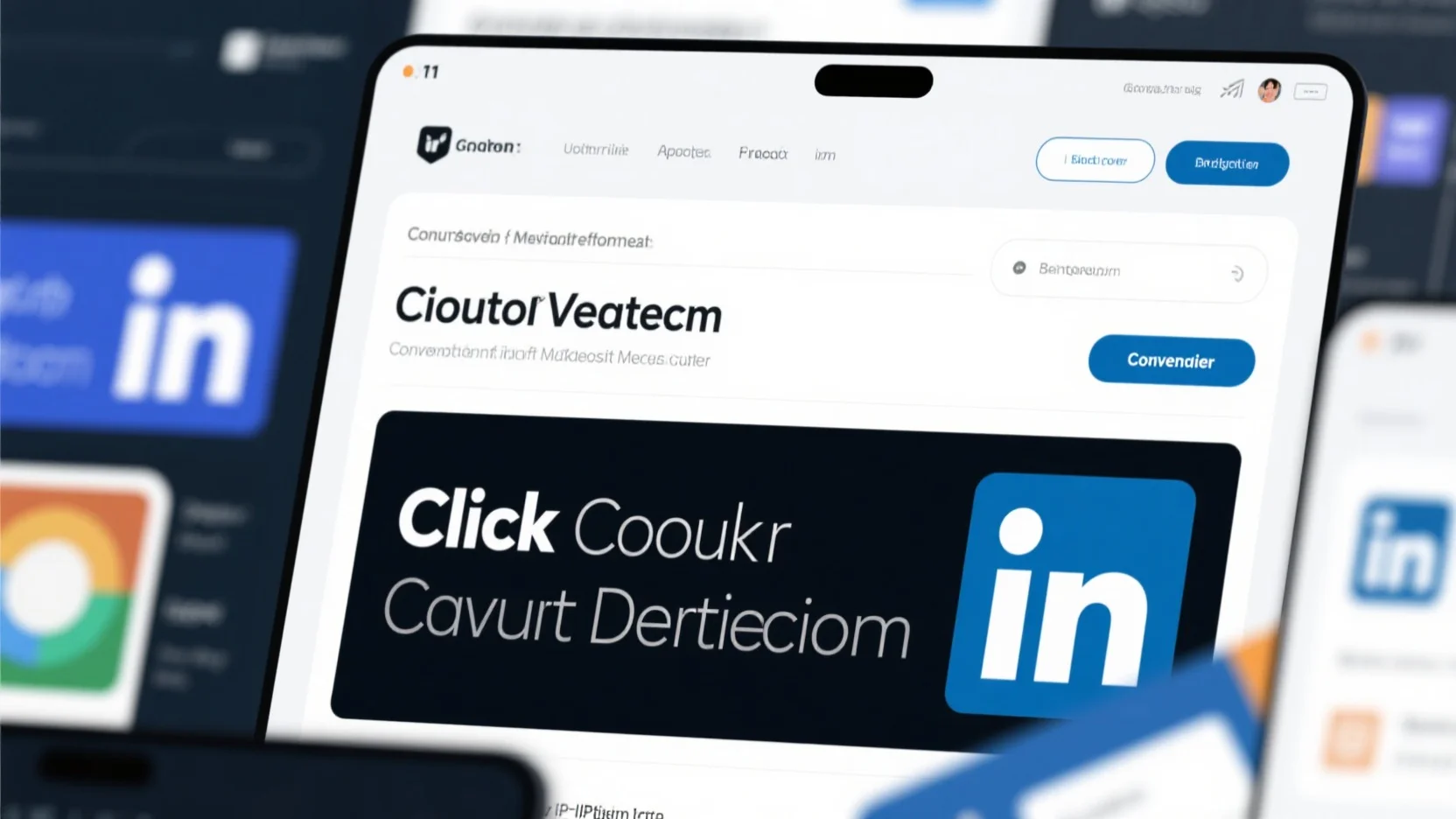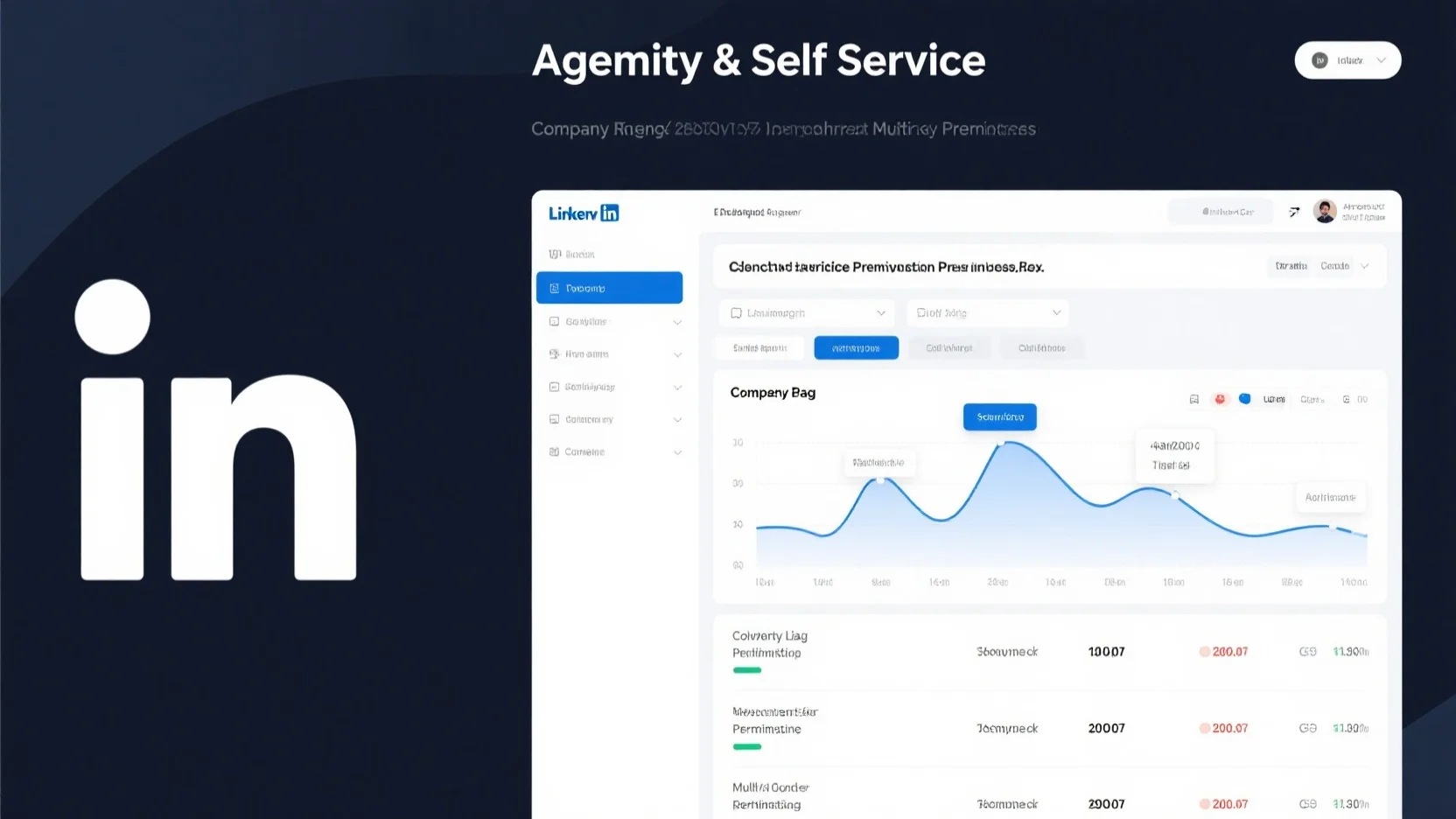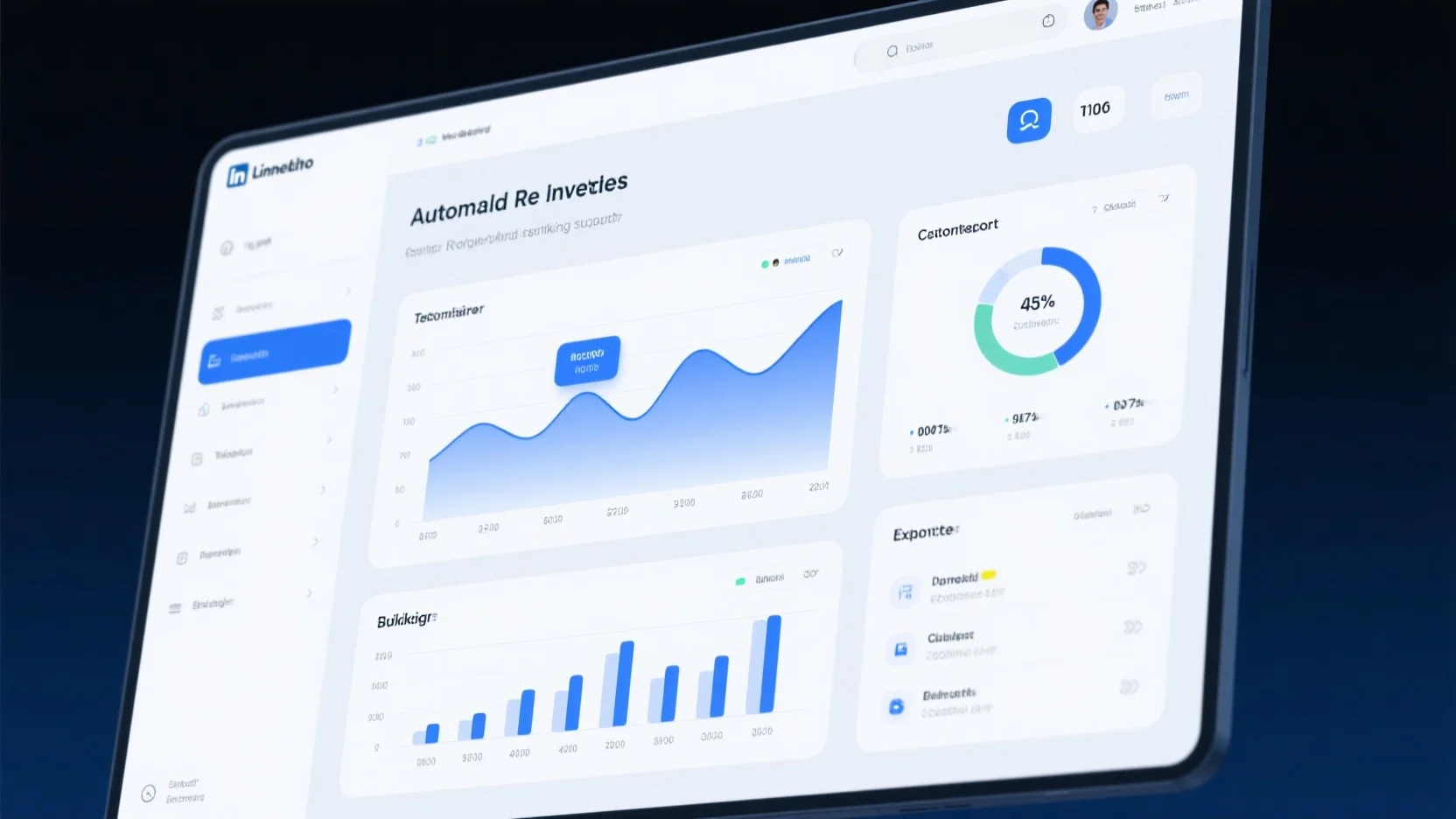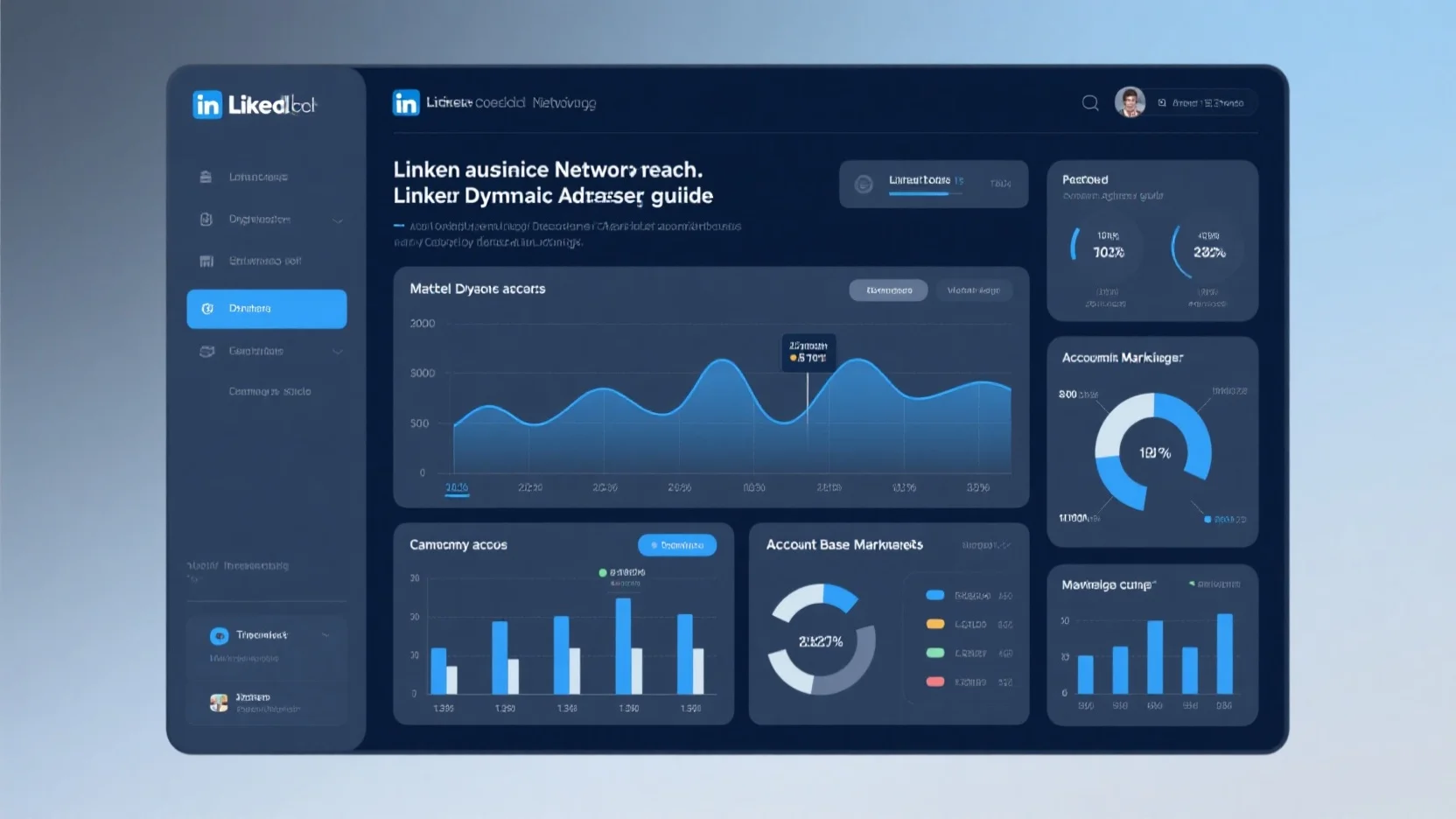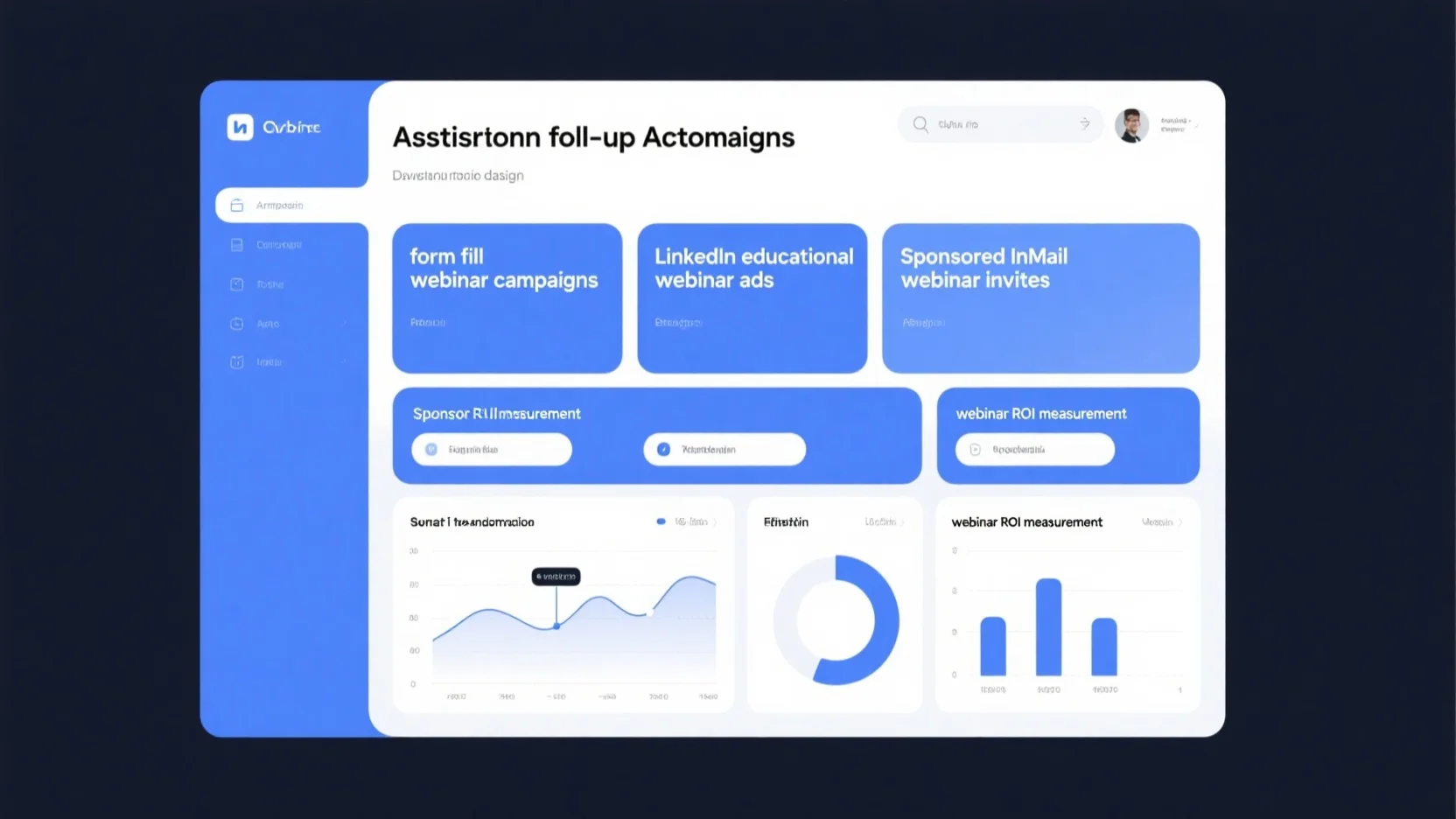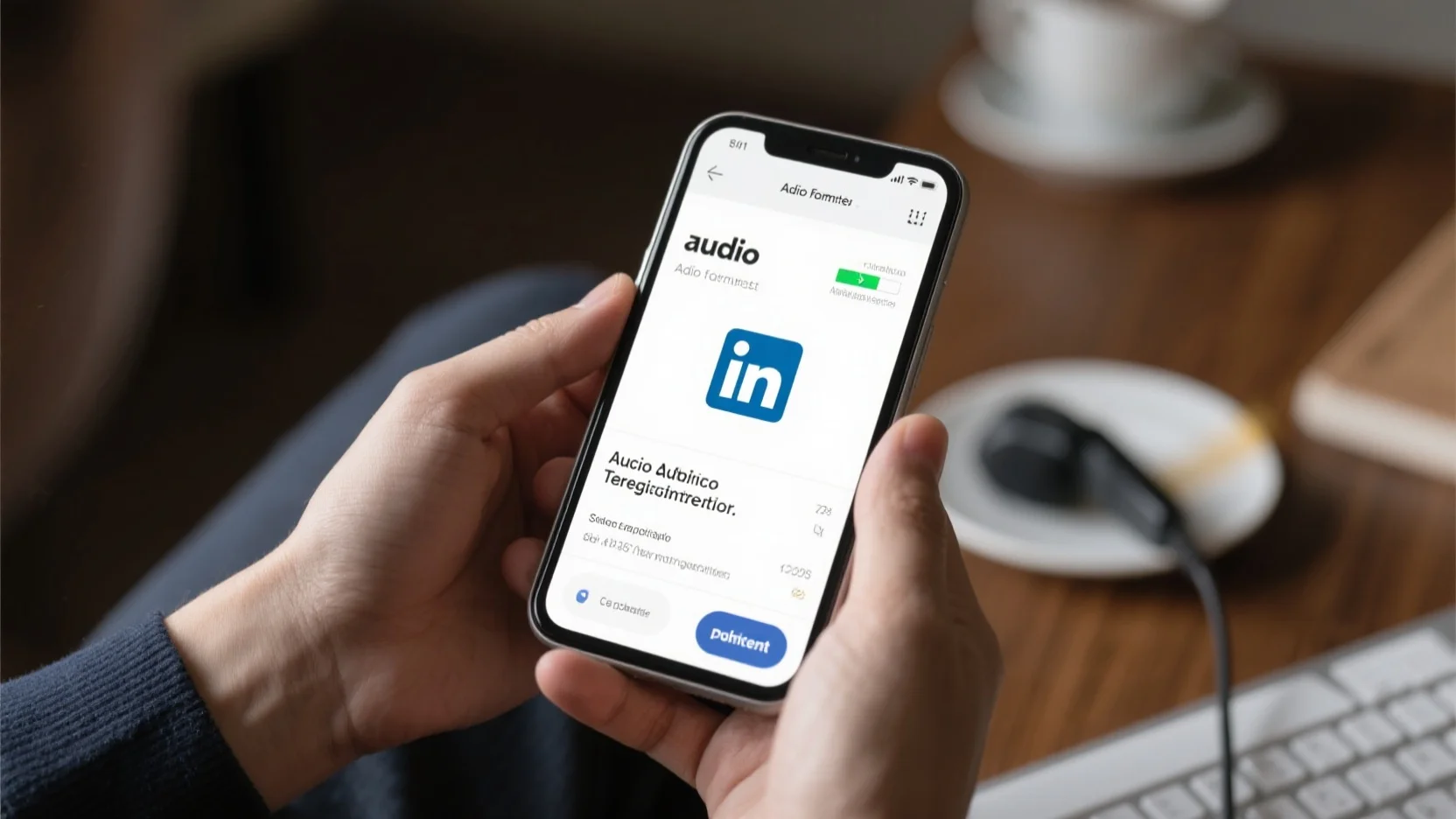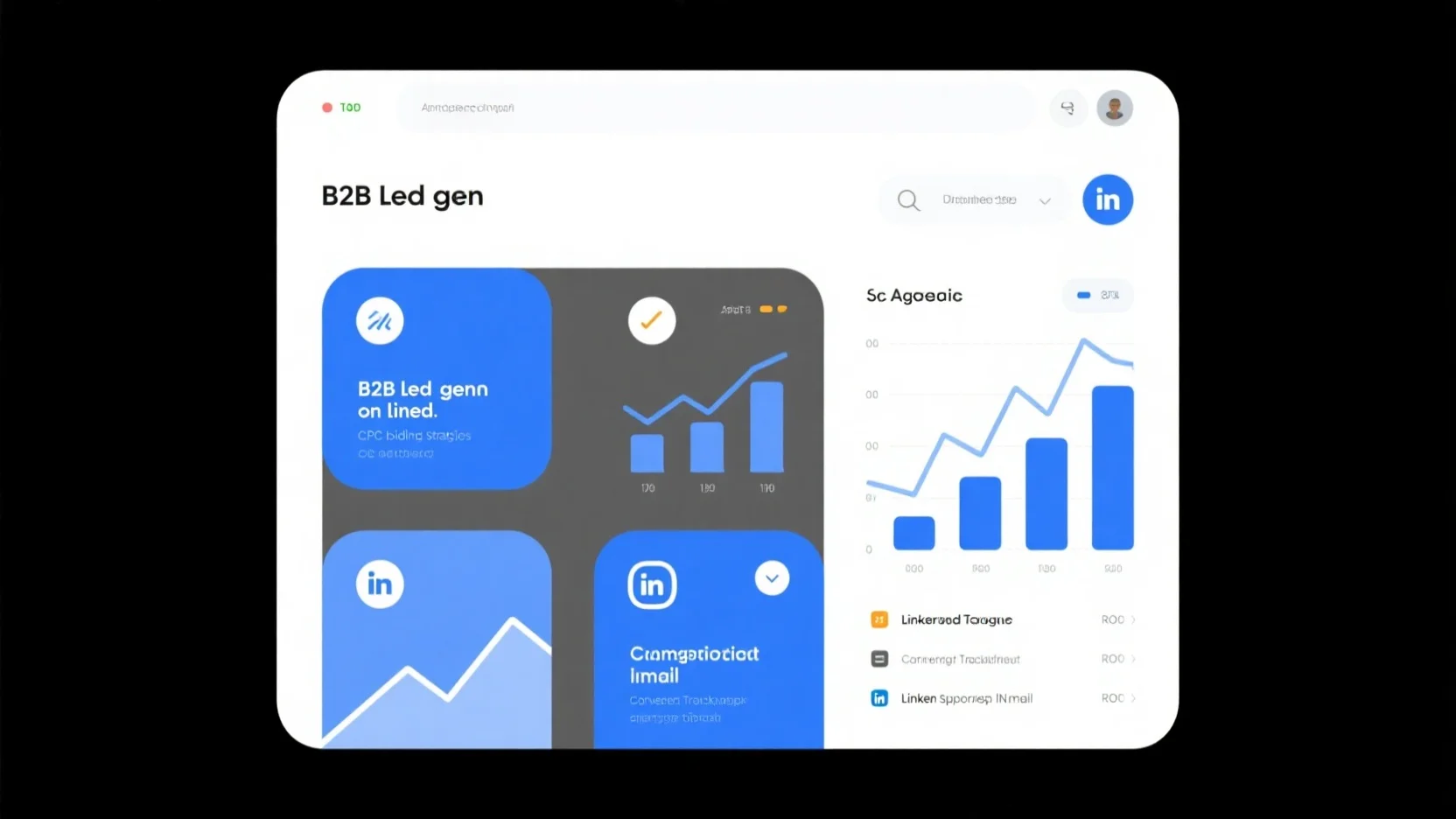
Mastering B2B Lead Generation on LinkedIn: Ad Targeting, CPC Bidding, ROI, and Tracking
In 2023, a SEMrush study and a Sprout Social report confirm LinkedIn as a top platform for B2B lead generation. With 830 million members, it offers premium access to senior – level influencers and decision
